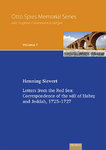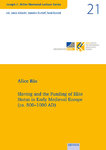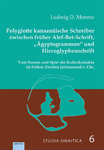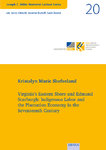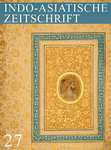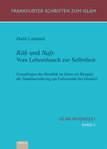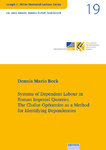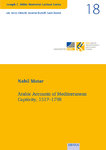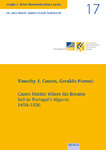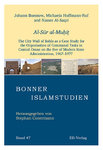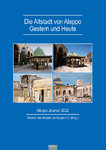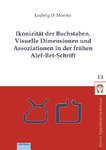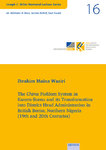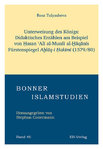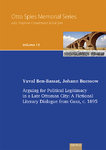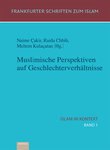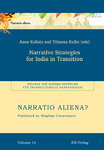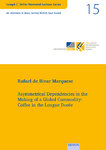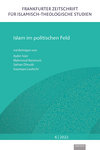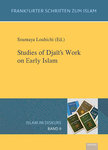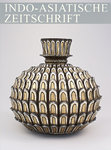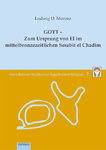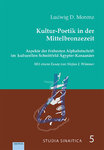Categories ASIENWISSENSCHAFT Reihe: Asien und Afrika (ZAAS) Kiel Band 11: Heilige Orte in Asien und Afrika
Categories ASIENWISSENSCHAFT Reihe: Asien und Afrika (ZAAS) Kiel Band 12: Bettler, Prostituierte, Paria
Categories ASIENWISSENSCHAFT Reihe: Asien und Afrika (ZAAS) Kiel Band 13: From Bazaar to Shopping Center in Istanbul
Categories ASIENWISSENSCHAFT Reihe: Asien und Afrika (ZAAS) Kiel Band 14: Istanbul 2010:
Categories ASIENWISSENSCHAFT Reihe: Asien und Afrika (ZAAS) Kiel Band 15: Bursa, Nordwest-Anatolien
Band 11: Heilige Orte in Asien und Afrika
Product no.: 978-3-936912-19-7
In stock
can be shipped within 3 days
23.00 €
Price incl. VAT, plus Shipping
Customers who bought this product also bought
|
|
|
|
|
Band 6: Hindu-Nationalismus und europäischer Faschismus: Vergleich, Transfer und Beziehungsgeschicht
34.80 €
*
|
|
* Prices incl. VAT, plus Shipping
Browse this category: Reihe: Asien und Afrika (ZAAS) Kiel
Band 12: Bettler, Prostituierte, Paria
Product no.: 978-3-936912-53-1
In stock
can be shipped within 3 days
23.00 €
Price incl. VAT, plus Shipping
Band 13: From Bazaar to Shopping Center in Istanbul
Product no.: 978-3-86893-001-6
In stock
can be shipped within 3 days
19.80 €
Price incl. VAT, plus Shipping
We also recommend
* Prices incl. VAT, plus Shipping
Browse this category: Reihe: Asien und Afrika (ZAAS) Kiel
Band 14: Istanbul 2010:
Product no.: 978-3-86893-044-3
In stock
can be shipped within 3 days
19.80 €
Price incl. VAT, plus Shipping
We also recommend
* Prices incl. VAT, plus Shipping
Browse this category: Reihe: Asien und Afrika (ZAAS) Kiel
Band 15: Bursa, Nordwest-Anatolien
Product no.: ISBN 978-3-86893-056-6
In stock
can be shipped within 3 days
18.80 €
Price incl. VAT, plus Shipping
We also recommend
* Prices incl. VAT, plus Shipping
Browse this category: Reihe: Asien und Afrika (ZAAS) Kiel




